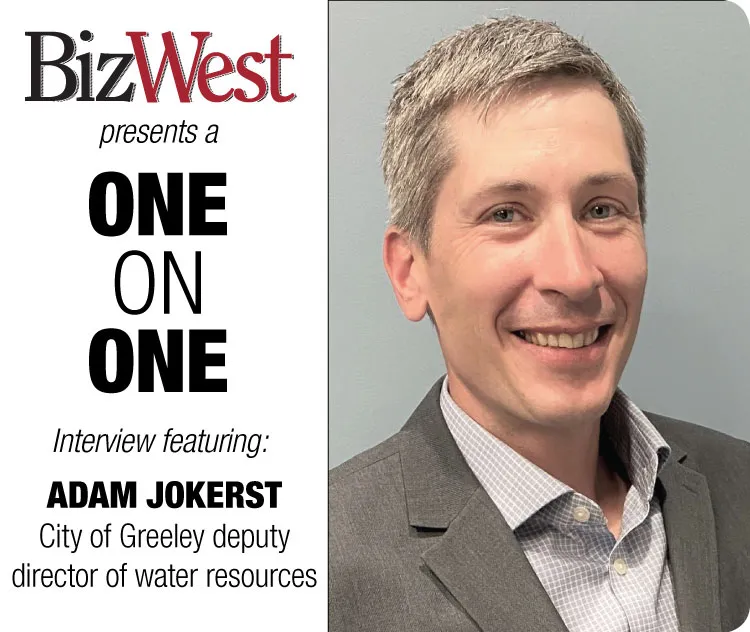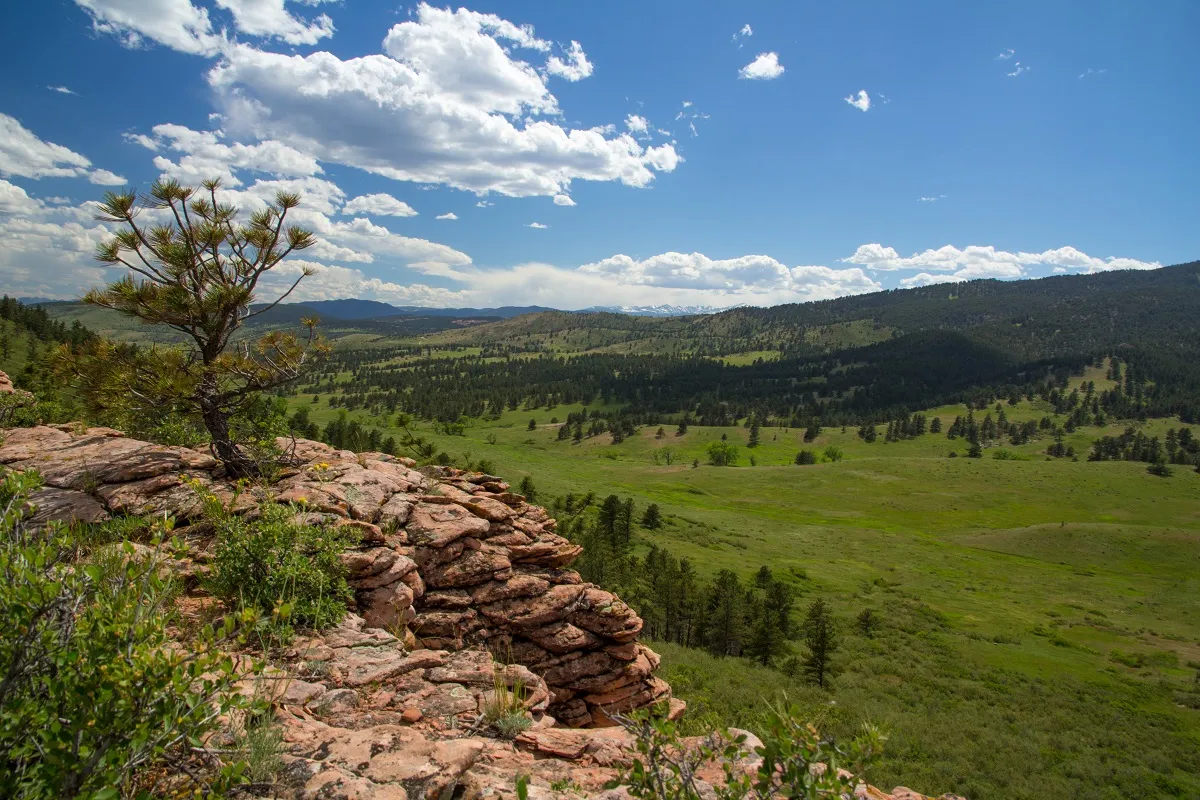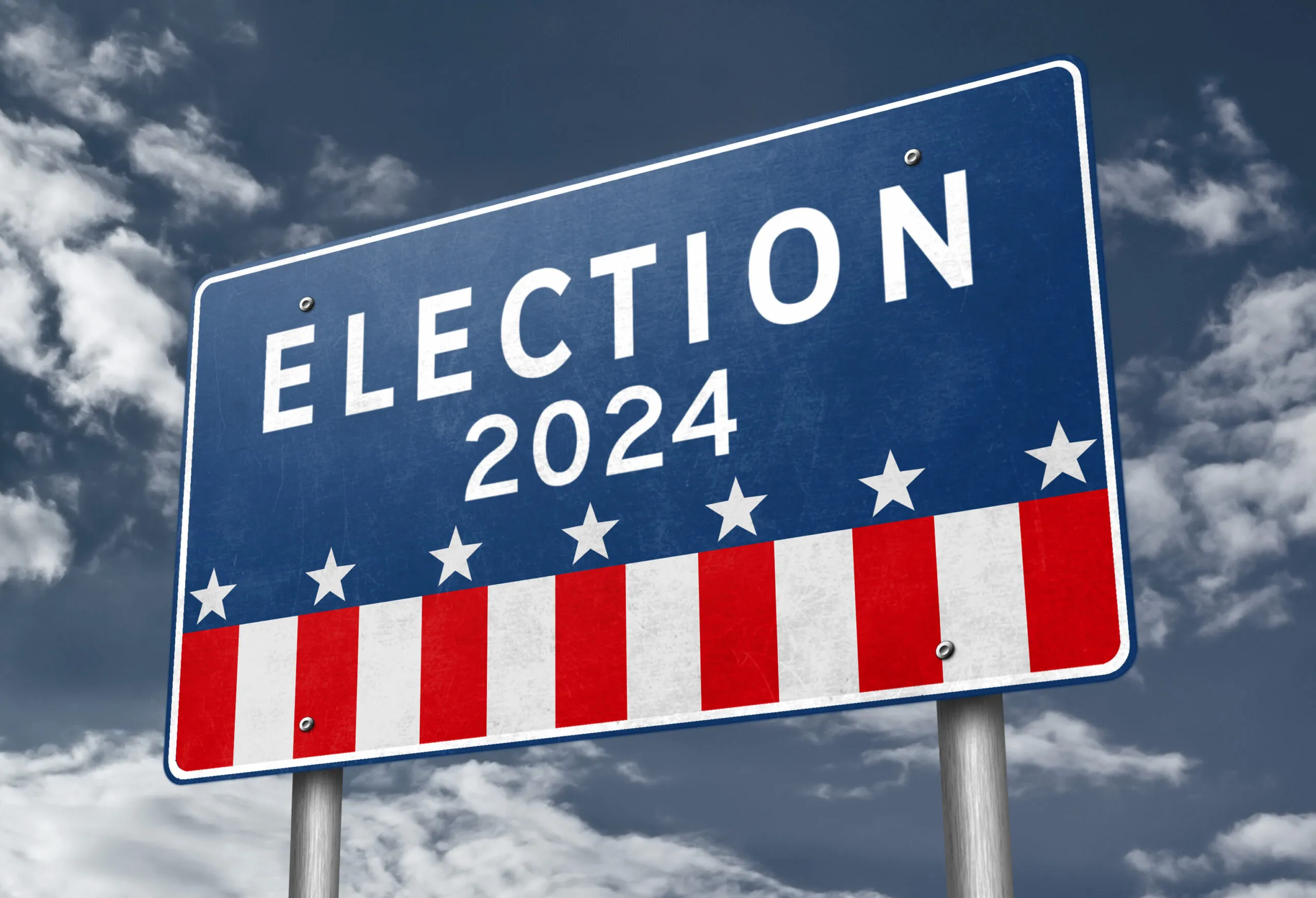One-On-One: An interview with Adam Jokerst, city of Greeley deputy director of water resources

Each month, BizWest asks a business leader to participate in a question and answer feature to help shed light on a business topic, an industry or add insight to a field of endeavor. This month, Adam Jokerst, deputy director of water resources for the city of Greeley, sheds light on the city’s decision to use a nontraditional means to secure Greeley’s water future.
BizWest: Please briefly describe the Terry Ranch water project?
Adam Jokerst: The Terry Ranch Project will develop 1.2 million acre-feet of non-tributary groundwater from a deep, isolated aquifer located in northwest Weld County. For comparison, Greeley currently uses 25,000 acre-feet of water per year. The groundwater is not connected to any surface water sources. The city will also use the aquifer to store water. Much like a surface reservoir, the city will store water underground during wet years to be used in dry years. Unlike surface reservoirs, Terry Ranch does not lose large amounts of water every year to evaporation.
SPONSORED CONTENT
The project consists of a wellfield, small treatment facility, and a pipeline to bring the water to Greeley. The pipeline would connect with the city’s existing transmission lines north of Windsor. The size of the water source, coupled with the storage it provides, means that the Terry Ranch Project can serve the water needs of Greeley for generations to come.
BizWest: How soon before any of the water from the aquifer is used by Greeley residents and businesses?
Jokerst: It will likely be 10 to 20 years before Greeley delivers water from the Terry Ranch Project. Greeley has adequate supplies to meet the city’s current water needs. However, Greeley is rapidly growing, and future water demands are projected to outstrip current supplies. The city is planning ahead by securing water from the Terry Ranch Project well before it will be needed.
Because the water is not needed for some time, and unlike typical reservoir projects, Greeley will be able to construct the project in phases over the next several years. Phasing construction reduces upfront bonding and maintains lower water rates. Also, as part of the unique purchase structure for the Terry Ranch water, Greeley will receive from the sellers, Wingfoot Water Resources, $125 million toward construction of the project infrastructure. The upfront financing will allow the city to jumpstart construction. In fact, the city plans to commence construction of the first six miles of the pipeline north of Windsor next year.
BizWest: Is it fair to say that Terry Ranch water will supplement other supplies as Greeley grows?
Jokerst: The Terry Ranch Project is being developed for drought supply, meaning Greeley will only use this water when surface water supplies run out. Greeley will continue to rely on its large portfolio of surface water supplies most of the time. Non-tributary groundwater, such as that at Terry Ranch, is not affected by drought or other surface supply disruptions, such as wildfires. When operated conjunctively with the city’s surface supplies, it adds a high level of redundancy to the city’s water system.
BizWest: Is Terry Ranch water a renewable resource or one time use?
Jokerst: The aquifer underlying Terry Ranch is isolated and does not receive appreciable natural recharge. Pumping this groundwater is non-renewable. However, Greeley would not have pursued a project to simply “mine” non-renewable groundwater. Rather, the city is developing Terry Ranch as a storage project. Greeley will inject treated surface water underground and store it in the aquifer until it is needed later. In purchasing Terry Ranch, Greeley is buying 1.2 million acre-feet of storage, storage already full of water.
Because Terry Ranch groundwater is considered non-tributary, it is reusable, meaning Greeley can use and reuse the water to extinction. Greeley already reuses much of its wastewater indirectly for irrigation of parks and lawns through a non-potable system, and with Terry Ranch, we aim to greatly expand use of non-potable water into the future.
BizWest: Practically speaking, how much unused water from other sources will Greeley be able to store there for later use?
Jokerst: Greeley does not plan to start storing water in Terry Ranch for many decades, perhaps not for another 40 years. The city will continue to rely on our existing water sources, supplemented during droughts by some Terry Ranch groundwater, before building the infrastructure to start injecting and storing water. However, by the time Greeley fully builds out, storing water in Terry Ranch will be commonplace, and on average, we anticipate storing an average of 14,000 acre-feet or more underground per year.
Greeley needs to continue acquiring water from our agricultural partners to store in Terry Ranch. Fortunately, because the water will not be used or stored for some time, the city is able to enter into long-term leases of agricultural water to support continued agricultural production in the region.
BizWest: What do you anticipate will be the impact on resident and business development costs in Greeley as a result of this move by the city?
Jokerst: Greeley evaluated well over 100 alternatives before proceeding with Terry Ranch. As compared to all other alternatives, the Terry Ranch Project is far less expensive and will result in lower water rates for Greeley customers than other options. Rate impacts are further reduced because the project can be built incrementally over many years and does not require significant upfront bonding.
Greeley purchased the Terry Ranch water rights and related assets through a unique purchase structure. Instead of paying cash, Greeley issued the seller, Wingfoot, 12,121 “raw water credits.” Each credit is redeemable to meet one acre-foot of Greeley’s raw water dedication requirements — the water or cash equivalent developers are required to turn over to the city at time of building to receive a water tap. Wingfoot will create revenue by selling these credits to developers and home builders.
Greeley will continue to accept cash and water rights for raw water dedication. Credits are just one additional way to meet dedication requirements. The city annually sets a cash rate for raw water dedication, and we expect credits to be transacted at a cost less than the city’s cash rate. In this way, we anticipate the credits reducing the cost of development in Greeley.
BizWest: What else would people know about this project?
Jokerst: The project has been criticized by some concerned about the quality of the Terry Ranch water. These concerns stem from the presence of trace amounts of naturally occurring uranium in the groundwater. Uranium is a widespread contaminant found in water throughout the U.S. In fact, Greeley’s current water sources contain small amounts of uranium, which we remove to below detection through existing water treatment plants. Similarly, Greeley will remove the uranium from Terry Ranch groundwater though common and proven treatment technologies. Terry Ranch will provide Greeley residents the same safe, clean tap water that is delivered today.
Each month, BizWest asks a business leader to participate in a question and answer feature to help shed light on a business topic, an industry or add insight to a field of endeavor. This month, Adam Jokerst, deputy director of water resources for the city of Greeley, sheds light on the city’s decision to use a nontraditional means to secure Greeley’s water future.
BizWest: Please briefly describe the Terry Ranch water project?
Adam Jokerst: The Terry Ranch Project will develop 1.2 million acre-feet of non-tributary groundwater from a deep, isolated aquifer located in northwest Weld County. For comparison, Greeley currently uses 25,000…



